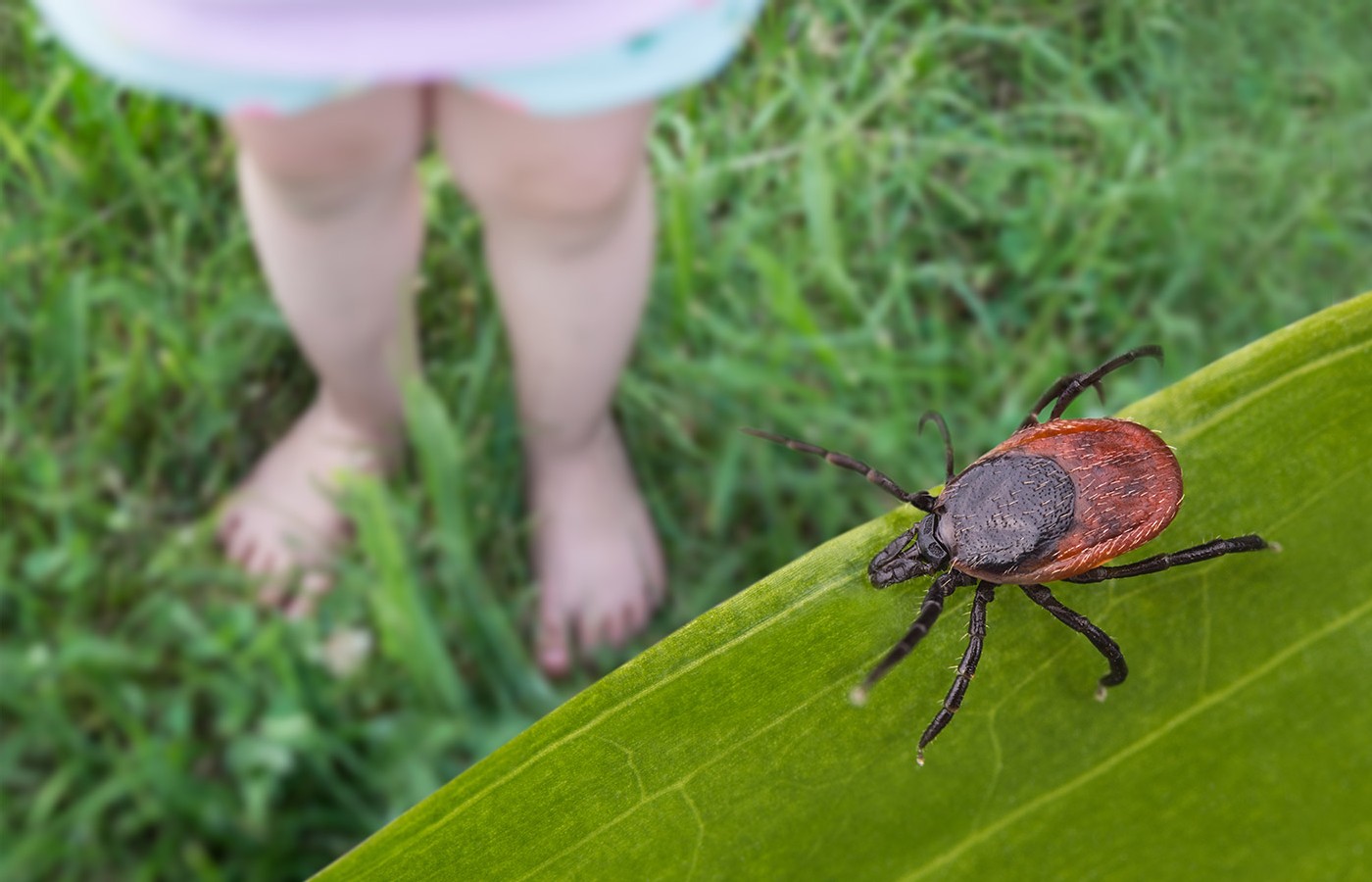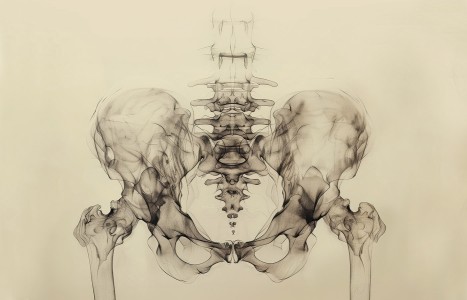People today want convenience, whether it be from their bank, credit card, favorite retail store, or restaurant. They demand it from the companies who hold their loyalty, including their health care providers (you). They don’t want to call and possibly be put on hold, and they want to use an app or schedule an appointment on your website. Here are three reasons your practice can gain by switching to online appointment scheduling.
Herbal Management of Lyme Disease: Modern Remedies That Honor Classic Principles (Pt. 1)
- There are many approaches to contemporary formula creation shaped by factors such as traditional knowledge, clinical insights and modern research.
- This article highlights one example, developed in response to the growing need of patients struggling with Lyme disease.
- For lyme disease and associated tick bite coinfections, detoxifying herbs with precise anti-bacterial, anti-inflammatory and anti-parasitic properties should be utilized alongside herbs that fortify the organ systems most commonly affected.
In school, we study classical herbal formulas – trusted and time-tested creations born of intuition, systemic correspondences and generations of astute clinical observation. And while prescribing and modifying such formulas nowadays is generally a straightforward process, most practitioners eventually face a deeper challenge: How do we create original formulas in the modern age that are just as effective, balanced and reliable as our beloved classics?
There are many approaches to contemporary formula creation shaped by factors such as traditional knowledge, clinical insights and modern research. In this piece, I’d like to share one such experience, developed in response to the growing need of patients struggling with Lyme disease.
By exploring the development process of this pragmatic type of formula, I hope to highlight how an herbalist might craft a modern remedy that honors classical principles while safely and effectively addressing the pressing challenges of today’s complex conditions.
A Complex Condition
Lyme disease, caused by the Borrelia burgdorferi bacterium and transmitted via black-legged ticks, is among the more complex and often-beguiling conditions we encounter in clinical practice. While it may begin as an acute infection, sometimes marked by a bullseye rash (erythema migrans) or simple flu-like symptoms, it can evolve into a chronic, multisystem illness severely afflicting the joints, nervous system, digestion, and cognitive function.
For many patients, especially those with delayed diagnosis or inadequate treatment, symptoms persist and/or recur, leading to what is referred to as chronic or post-treatment Lyme disease syndrome (PTLDS). For those of us who have seen it in our clinics, we know this is truly an abominable experience for patients.
Herbal Management
Drawing on traditional Chinese medicine wisdom, developing herbal formulas involves combining a balanced array of herbs in carefully calculated quantities to work together as a team. We’ve learned that the goal is to use Emperor, Deputy, Assistant, and Envoy herbs to address the core ailment while also supporting the body holistically, and ultimately helping to restore harmony and balance.
For lyme disease and associated tick bite coinfections, detoxifying herbs with precise anti-bacterial, anti-inflammatory and anti-parasitic properties should be utilized alongside herbs that fortify the organ systems most commonly affected by Lyme.
While Western antibiotic treatment may be most effective in the early stages, when it’s typically administered in relatively long courses it can be overly harsh for patients with sensitive or compromised digestive systems. In chronic or late-stage cases, many patients respond poorly, or not at all, to standard antibiotic protocols and require significant additional support.
A skillfully crafted herbal formula can be life changing for a patient in such need. Thus, formulas aim not only to target the pathogens themselves, but also to support the body’s natural healing processes – modulating immunity, improving detoxification and relieving associated symptoms.
The Clinical Landscape
From a Chinese medicine perspective, we often see patterns of spleen and stomach disharmony (manifesting as digestive distress, fatigue and malaise); heart, spleen and liver involvement (appearing as anxiety, depression, brain fog and/or insomnia); and liver kidney imbalances (presenting as tendino-muscular, joint pain and lost vitality). Immune dysfunction and detoxification challenges may point at lung, liver and kidney support.
And of course, these diagnostic patterns will all loosely inform the design of a comprehensive herbal formula – one that supports multiple systems at once, and helps the body return to balance by simultaneously alleviating symptoms and vanquishing a pathogenic factor.
But yet, we have all had the experience of dutifully applying the diagnostic rules of TCM, identifying the dominant pattern, choosing a correct formula, and still the patient does not recover. Why? Because sometimes a pattern differentiation lacks the pathogen specificity needed for a particular condition.
This can cause dismay or it can drive us to dig deeper. And with the added knowledge garnered from modern Western medical science, we can often gain the useful kind of insight into pathophysiology and infectious disease in such a way to truly give us the necessary edge when prescribing herbs for our patients.
Editor’s Note: Part 2 of this article appears in the December 2025 issue.



